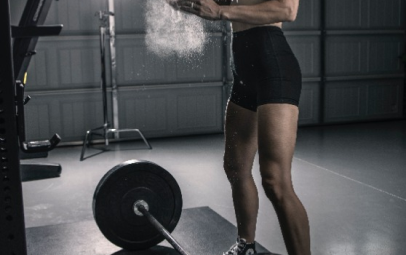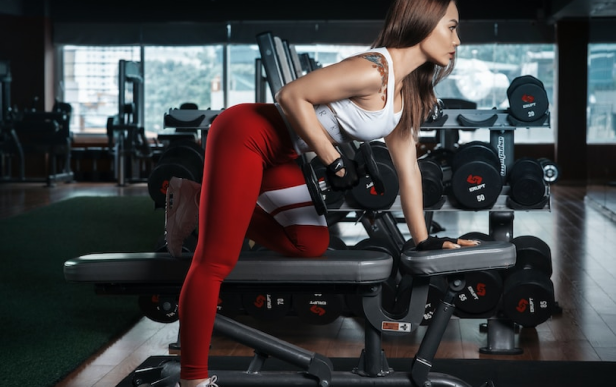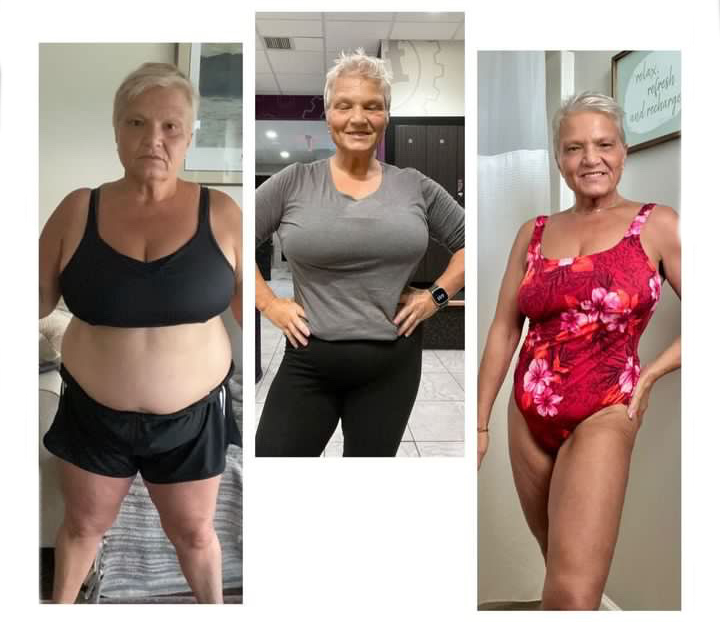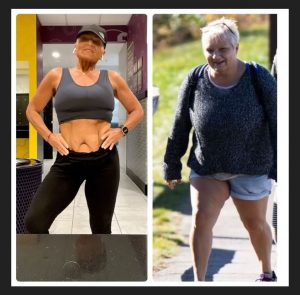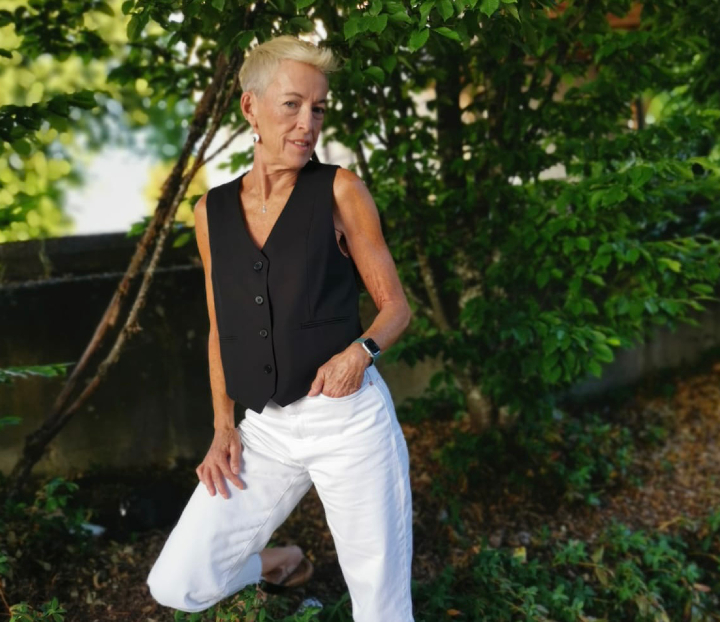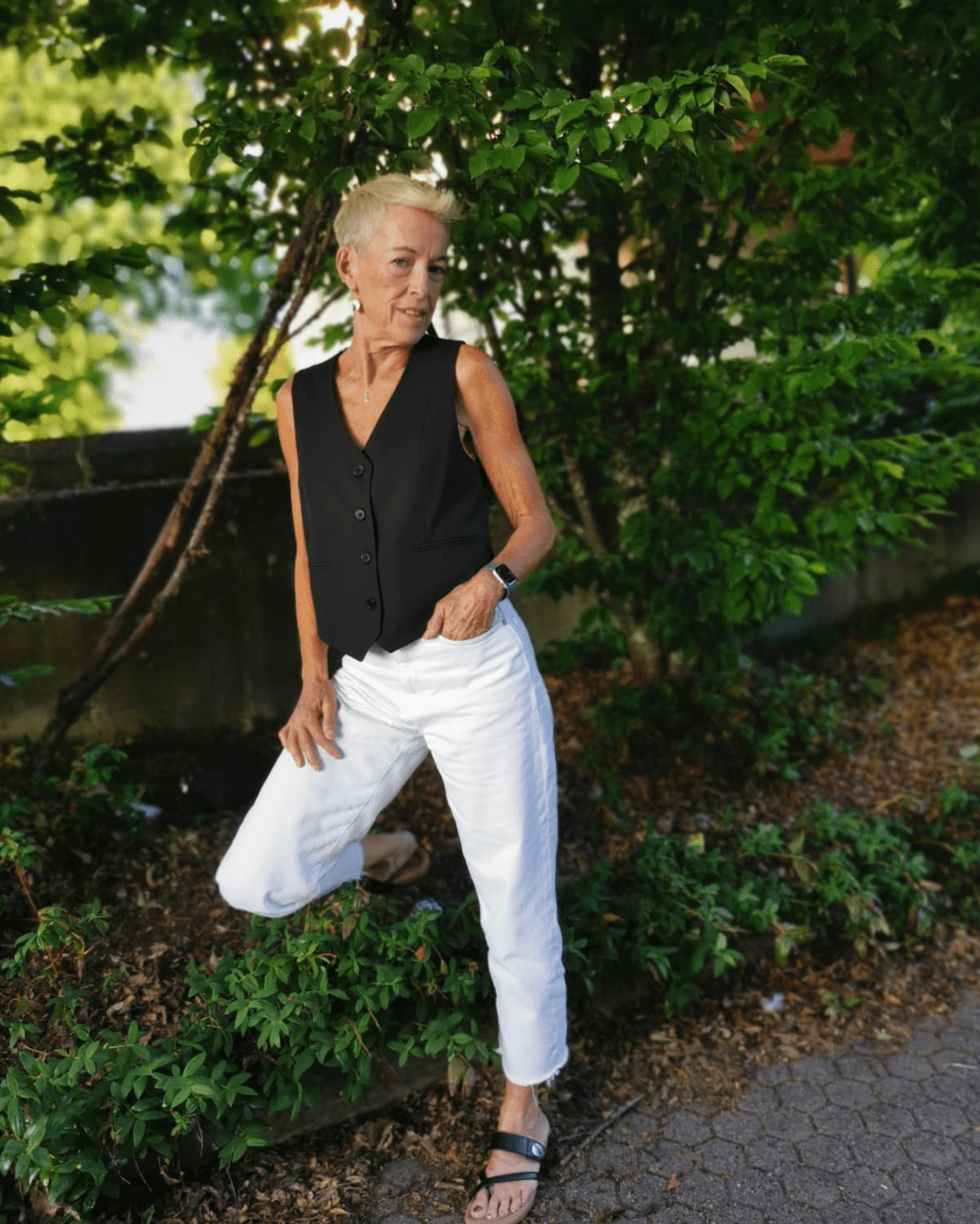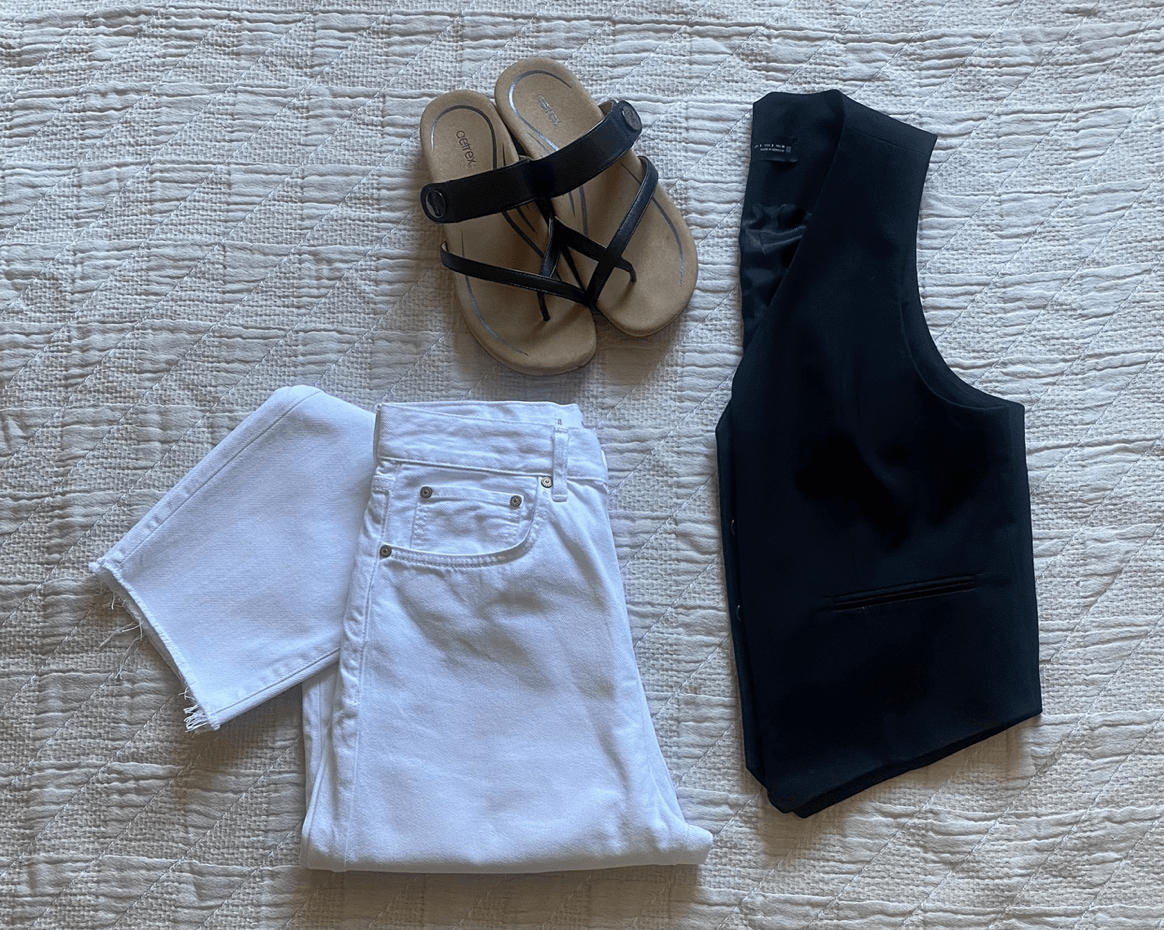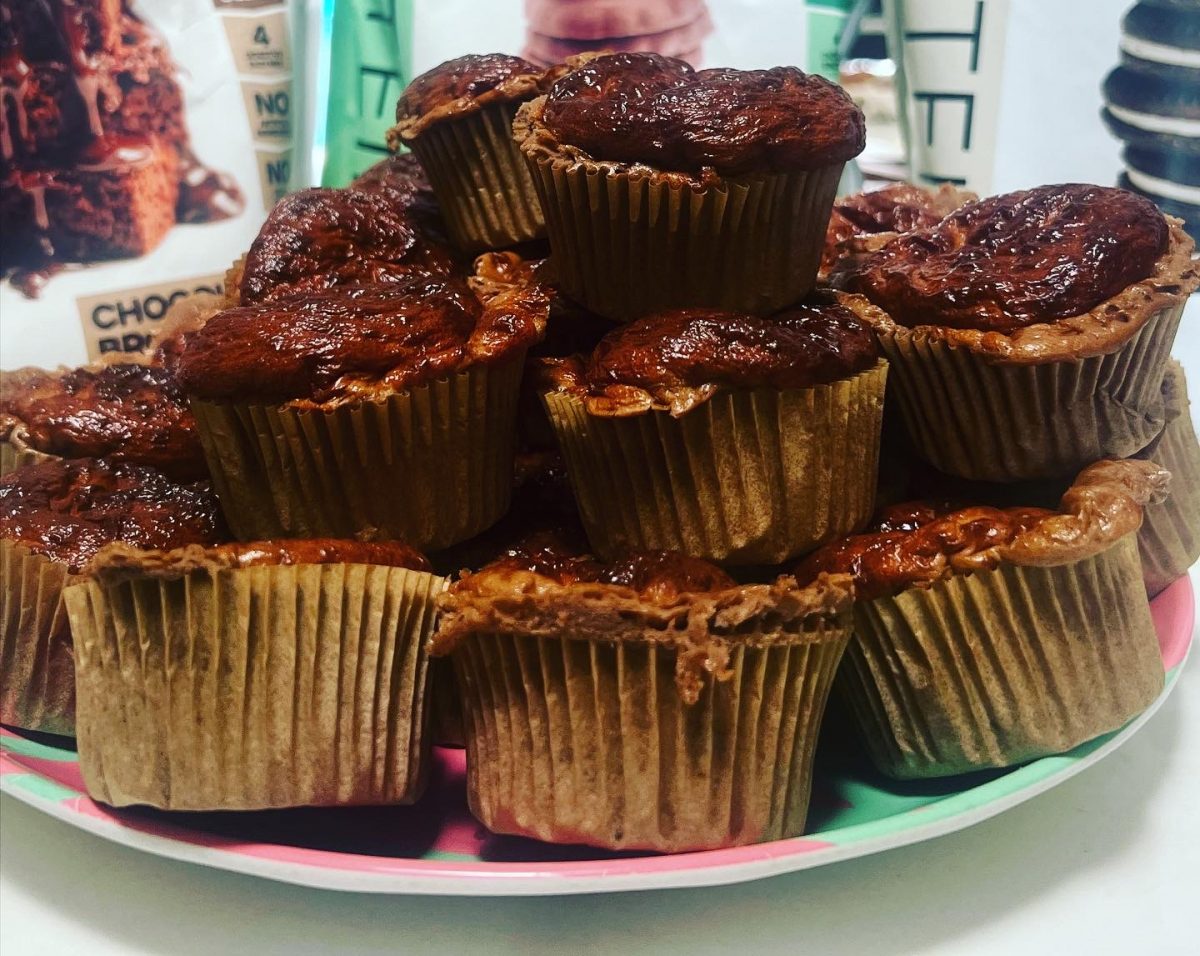It’s interesting how my view of myself has changed over the years, in particular as it relates to how I see myself and my physical activities. I vividly recall the first time my coach called me an “athlete”. I vehemently shook my head and said “no.” I thought of my husband, Elliot, the ironman triathlete and said, “Elliot is an athlete. I just work out.” “Oh no,” my coach countered. “If you want to BE an athlete, you must THINK like an athlete. Athlete’s have an athlete mindset.”
As Coach Melissa McKenzie (@betteroffdeadlifting) put it in her “Developing Your Inner Athlete and Coach” talk which I attended during my time with The Wonder Women training program, “If you believe you are an athlete, if you see yourself as your own best safety net or coach, you won’t resist the behaviors (or habits) that guarantee lasting transformation and continued growth.” Melissa acknowledged that changing your identity is harder than changing your behavior, but it is the real secret to long-term success and staying fit, especially staying fit over fifty.
Shocking as it is, 95% of all people who struggle with their weight fail to maintain their weight loss once they do achieve it. 95%!!!! Why does this happen? Because while they are able to change their behaviors in the short term, they don’t invest in changing their identity. Seeing myself as an athlete means prioritizing the habits that support my athletic pursuits, including eating a healthy, macro-based diet comprised mainly of whole foods, making room in my schedule for training, continuously working on my mindset, and getting enough sleep.
Choosing to identify as an athlete and embracing an athlete’s mindset gave me the drive, determination, and focus to work on my core lifts over and over to improve my form. I had to get comfortable with being uncomfortable. Тhis shift started in my 60’s, a time in my life when I was otherwise pretty darn comfortable – in my career, with my friends and family. Daily challenges that caused discomfort were sparse but I was determined to become the athlete I knew I wanted to be.
Deciding to challenge myself BIG TIME by starting an over 50 workout program focused on strength training, including some exercises I had never heard of before (hello, hip thrusts!), was no small task. It’s uncomfortable to struggle with a squat or deadlift or hip thrust at any age, but it’s even harder when you haven’t faced a significant challenge in a while. That is where your grit and determination truly makes a difference, because after all – mindset is everything. It took me two long years of working out 5 days a week, every single week, to reach a point where I was satisfied with my form in the major lifts (bench press, squat, deadlift, hip thrust). Lifting heavy is one thing, but lifting heavy with proper form is a whole different ball game and is one that most workouts for women over 50 do not emphasize enough. It was one of the hardest, most discomforting things I’ve ever done but also one of my proudest accomplishments.
If you don’t see yourself as an athlete yet, but are headed on a fitness journey, I suggest you start today by looking in the mirror and saying “I AM AN ATHLETE”. It may be hard at first, but keep it up. Equally important, if you haven’t already, start cultivating behaviors that support this mindset outside of just training like planning your meals with a focus on balanced macronutrient vs micronutrient profile to nourish your body for muscle growth and/or fat loss, making sleep a priority, and making a non-negotiable agreement with yourself to get your workouts in. Start with what aligns best with your fitness level and fits into your schedule and as your fitness level improves, you can add more physical activity or take on bigger challenges, depending on your goals. Remember, changing your identity to see yourself as an athlete will not happen overnight, but if you stick with those habits and change your behaviors to support this new mindset, it WILL eventually happen. You need to be consistent, not perfect, and give it time. Athletes stay focused, they’re patient, and they do the work to reach their goals. You can be that athlete too!

